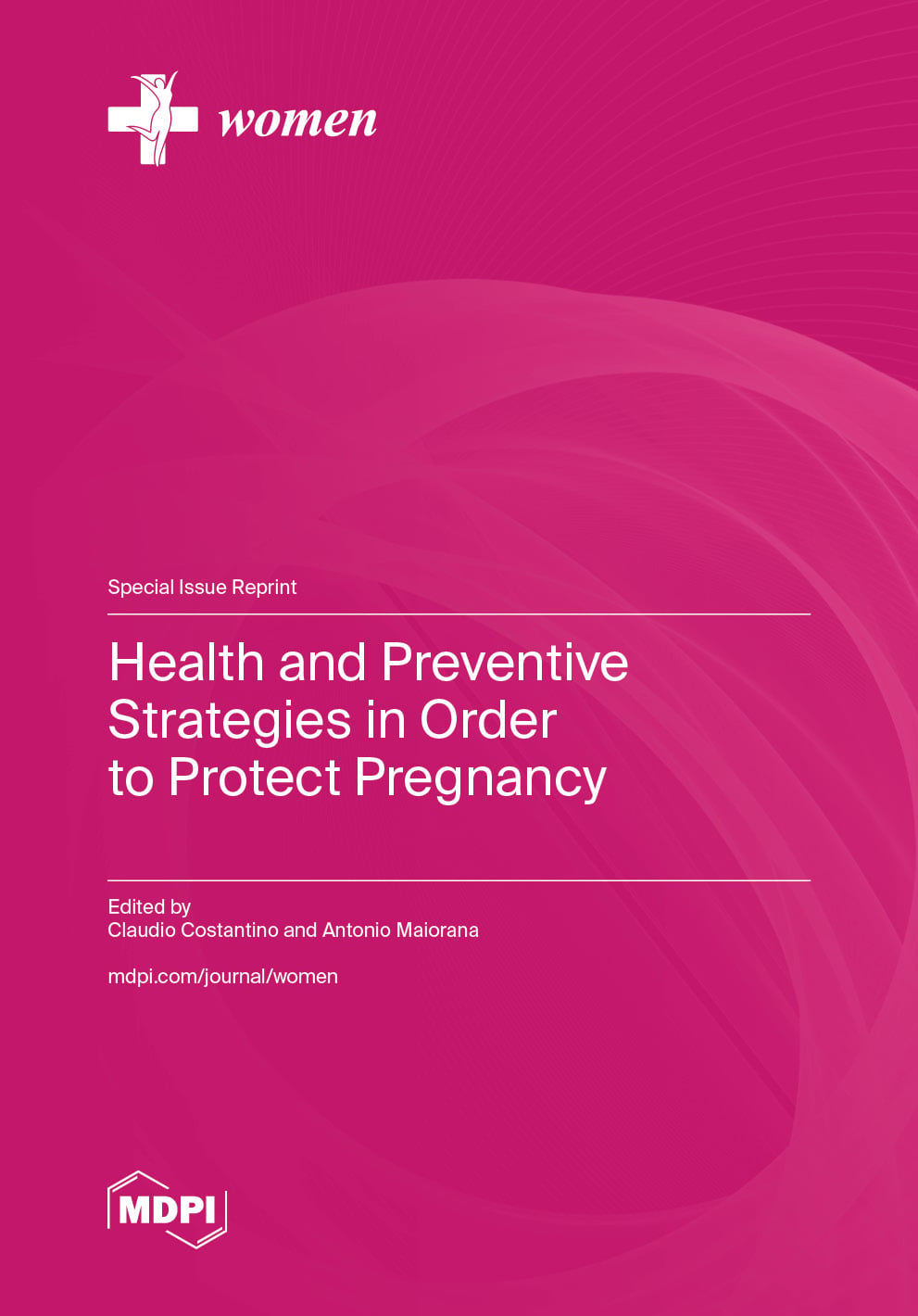- Systematic Review
Psychosocial Risk Factors for Complicated Perinatal Grief in Adult Women with Pregnancy Loss: A Systematic Review
- Cecilia Mota-González,
- Claudia Sánchez and
- Jorge Carreño
- + 1 author
This systematic review aimed to identify psychosocial risk factors associated with the development of complicated perinatal grief in adult women who experienced pregnancy loss. Following PRISMA guidelines, comprehensive searches were conducted in Web of Science, PubMed, Scopus, and PsycINFO databases, covering 1990–2024. A total of 34 quantitative studies comprising 7872 participants were included, mainly using cross-sectional and longitudinal designs. Findings indicate that complicated perinatal grief is a multifactorial condition influenced by personal variables (absence of living children, history of depression or PTSD, advanced maternal age, low education and income), obstetric factors (later gestational loss, multiple pregnancies, stillbirth, or neonatal death), and psychosocial factors (low social support, relationship conflict, violence, ostracism, and limited psychological care). Negative cognitions, rumination, and maladaptive coping strategies were also linked to prolonged symptoms of depression, anxiety, and post-traumatic stress. The review concludes that complicated perinatal grief is a multidimensional phenomenon determined by psychological, social, cultural, and medical factors and highlights the need to understand perinatal loss as a profoundly significant experience that affects women’s identity, relationships, and mental health. This evidence highlights the importance of emphasizing the identified risk factors that can lead to complicated grief.
18 December 2025



